No matter how much applied science and technology advance with time, humans craving for water is never likely to change. Today, there is no need to take water from aquifers and springs as people did in the past. Nowadays, for further convenience of humans, water comes from public suppliers, so one can store it mostly in water storage tanks made of different materials for a various everyday purposes, from drinking to irrigation and doing other chores.
Iran (IMNA) - The evidence of the existence of the water storages has been highly attributed to the late Neolithic period. The need of storing water was generated by the early civilization. In many of Iran's archeological sites, we chance upon the presence of man-made water storage bodies, particularly cisterns. There remained a big deal of the quality of the water as it was often got contaminated with waste and dirt etc.
Despite the fact that few of water storages were naturally occurring, and later used by the ancient civilization, they later designed by human, mostly out of stones, bricks and mortar.
Later the concept of having man-made water storages spread throughout the world and several civilizations began to adopt the same. Particularly Persian empires started building and using these architectural innovations. Unlike the vertical wells and open air water storages, the cisterns were designed in subterranean architectural style. Thereby the level of contamination was lesser than the traditional ones.
There is a long evolutionary history behind these underground structures in Iran, and certainly, the story will move forward in the future as well. Cisterns are the engineering symbol of water management in Iran's areas with desert climate.
In Central and Eastern Iran, where insufficient rainfall and seasonal rivers cause harsh conditions in supplying water, the traditional solution has been cisterns under the name of “Ab-Anabar".
Let's take a tour in Iran's Semnan to visit some old Ab-Anbars through IMNA's camera.
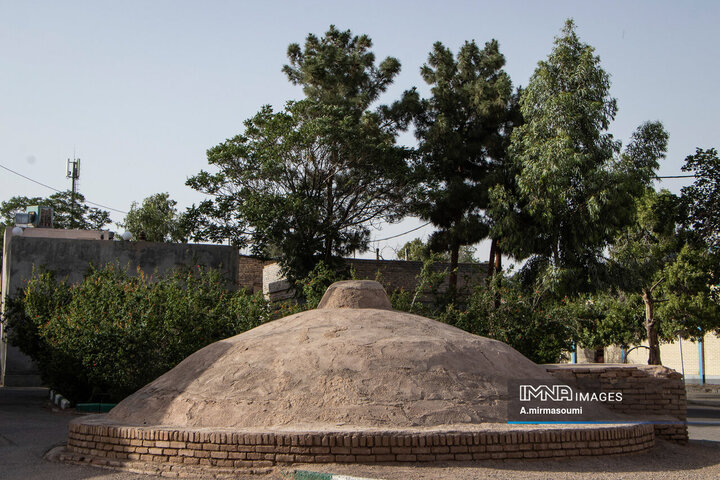
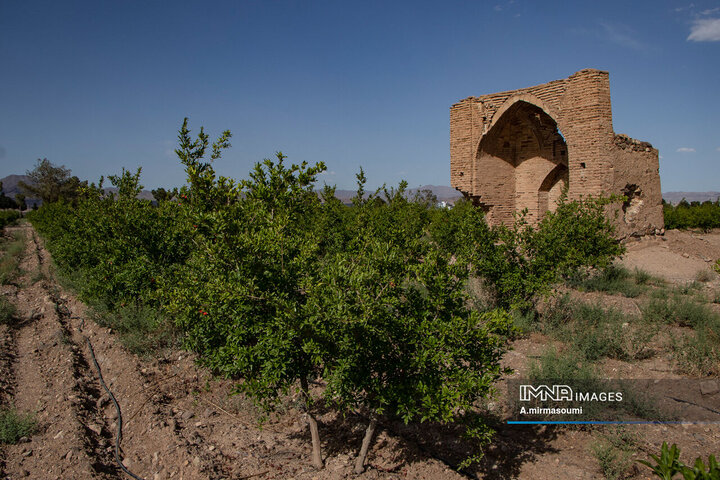
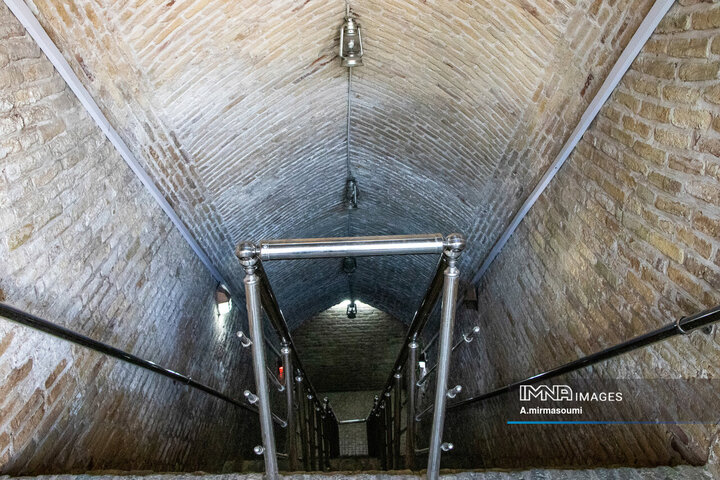
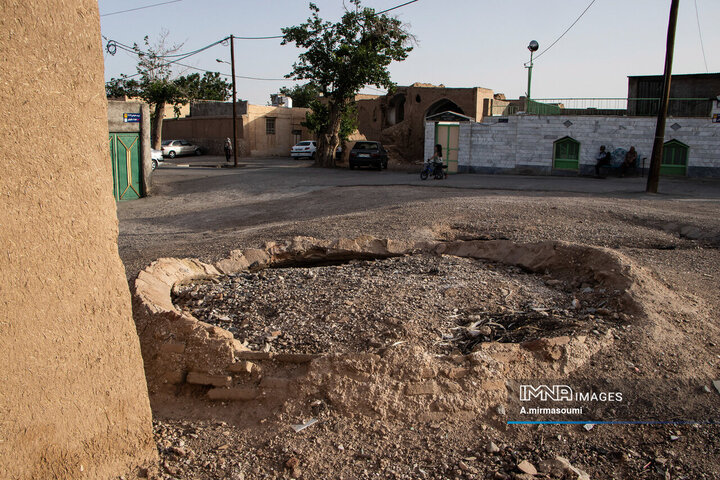
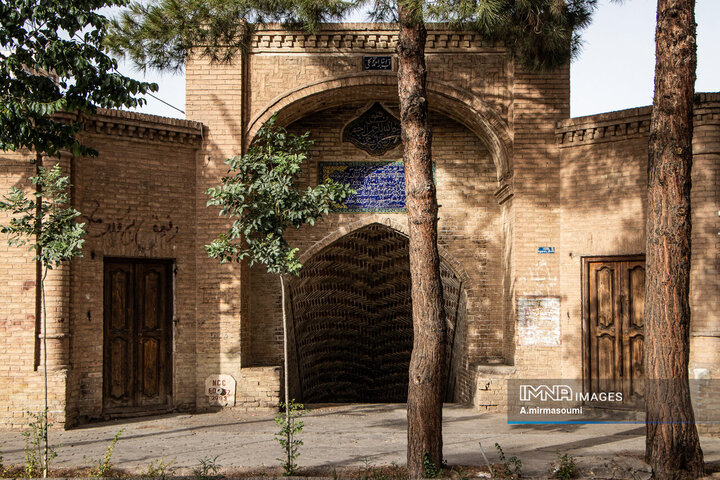
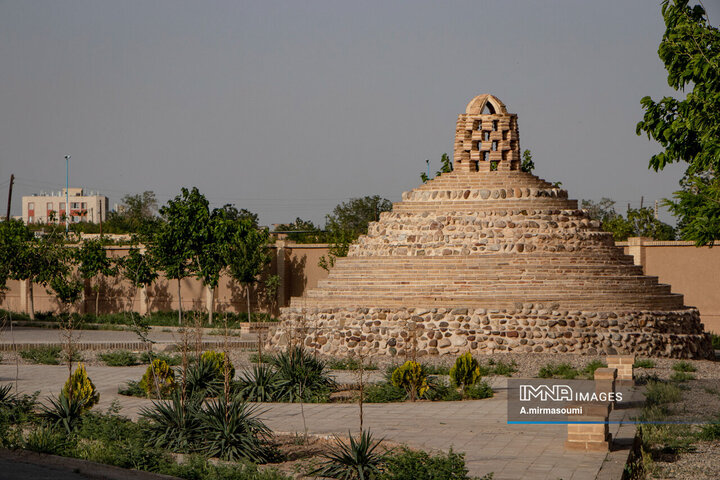
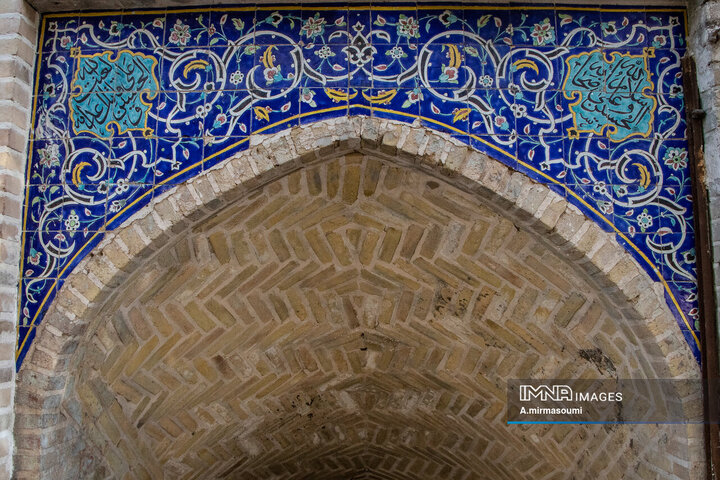

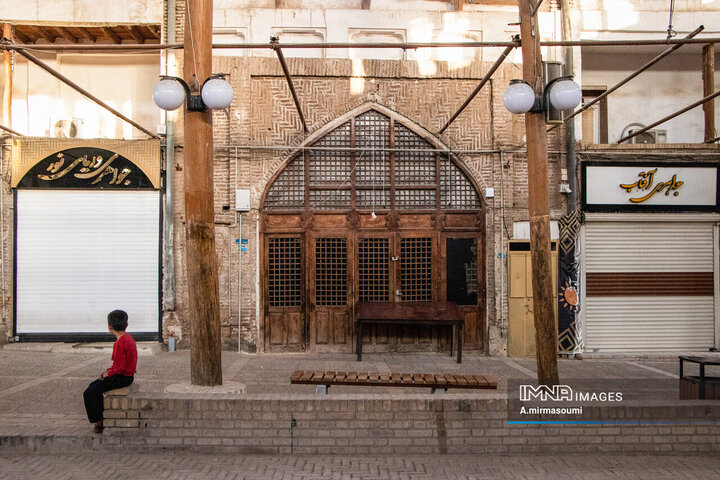
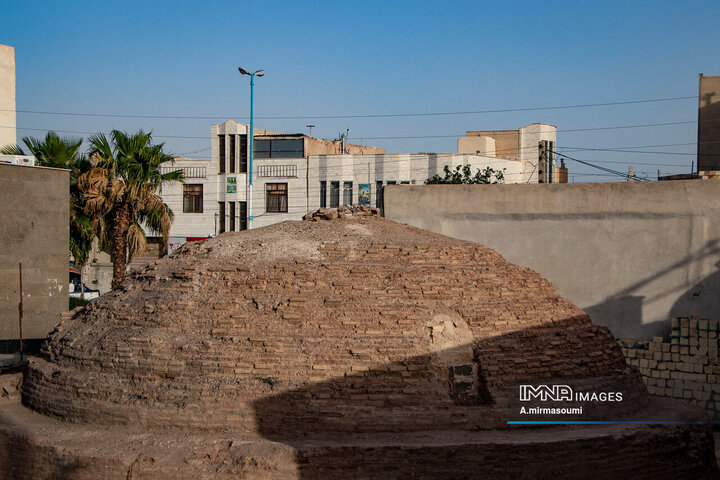
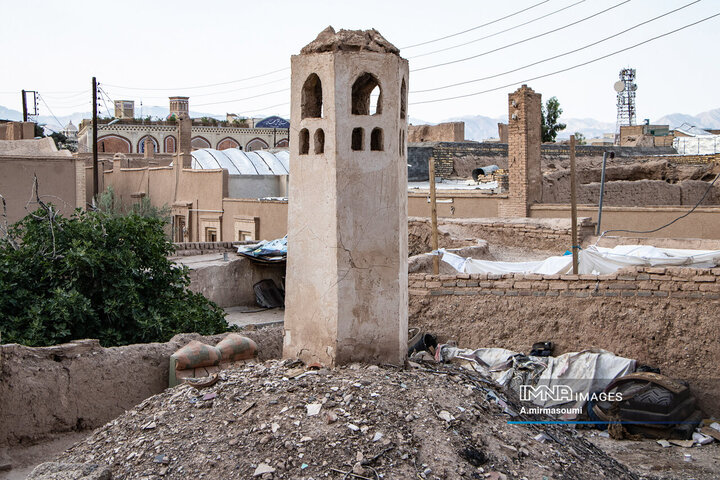
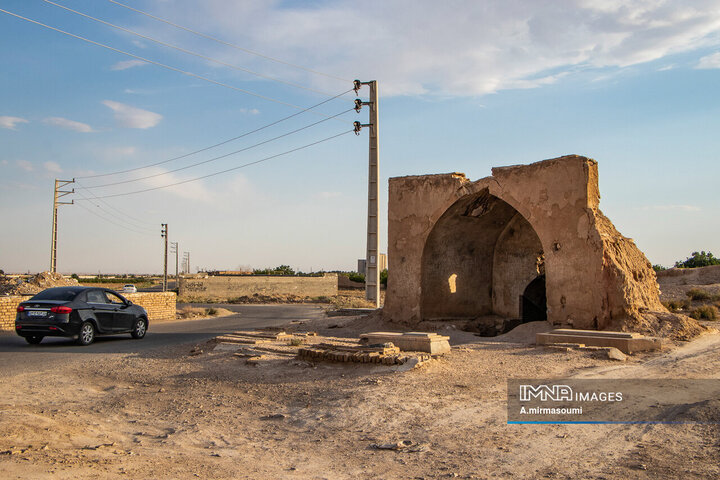
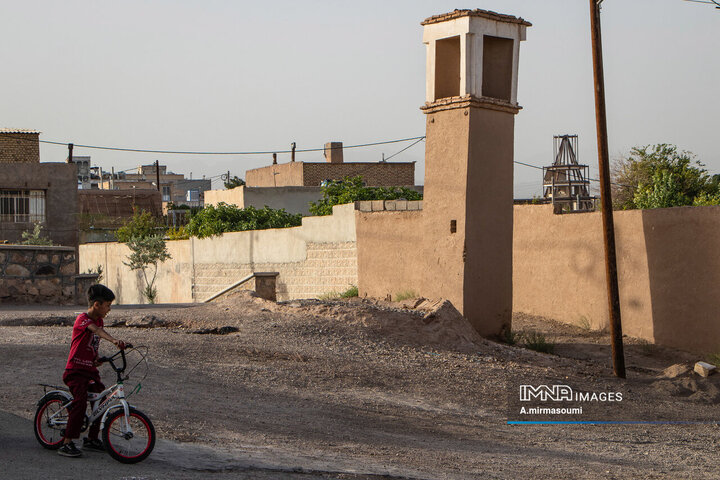

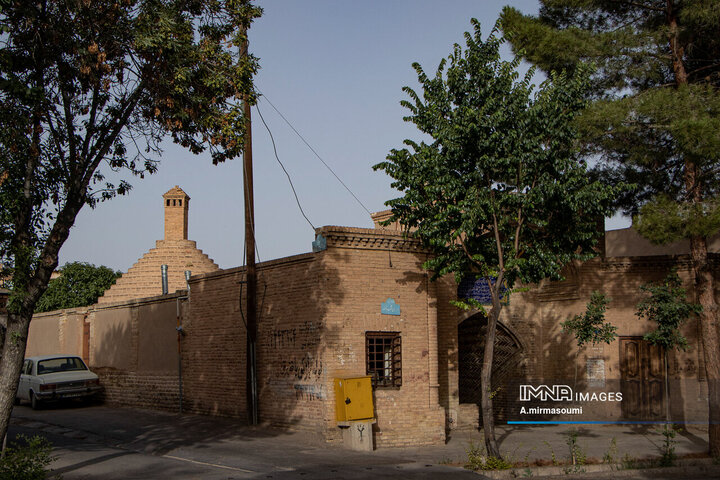
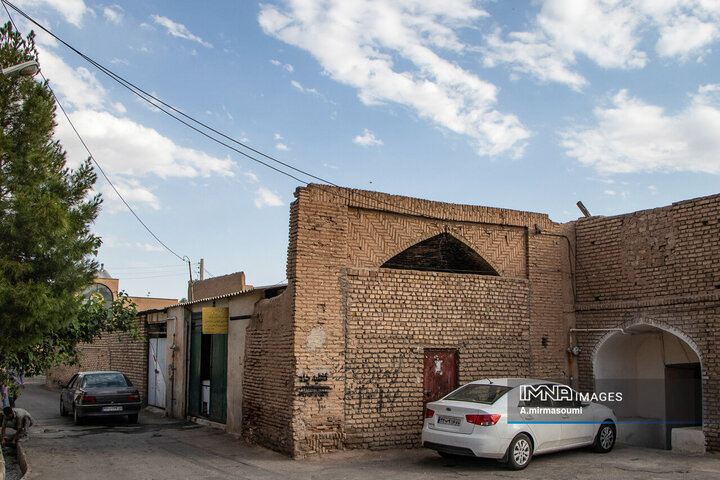
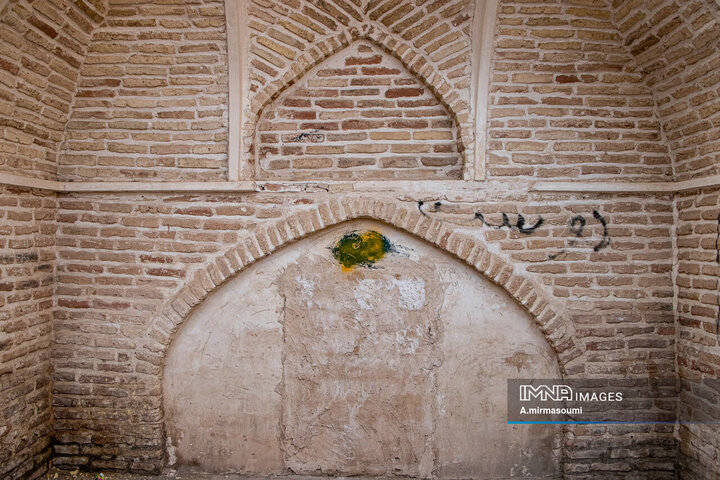
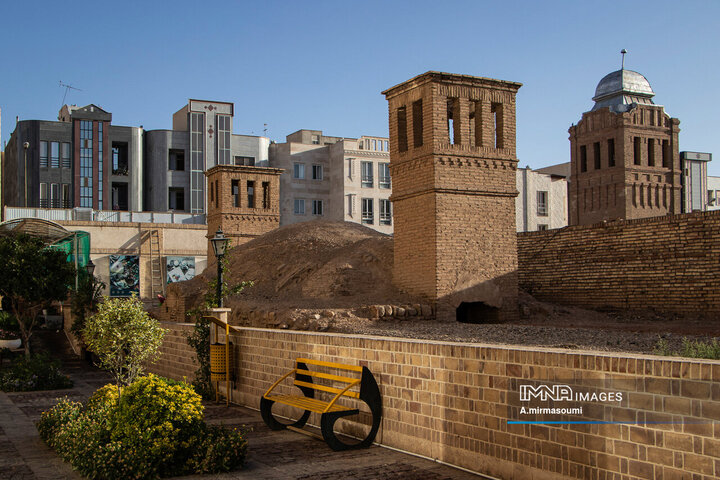

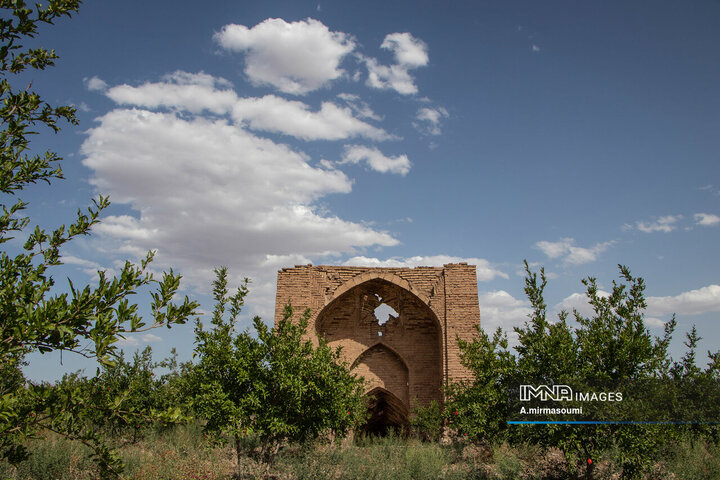
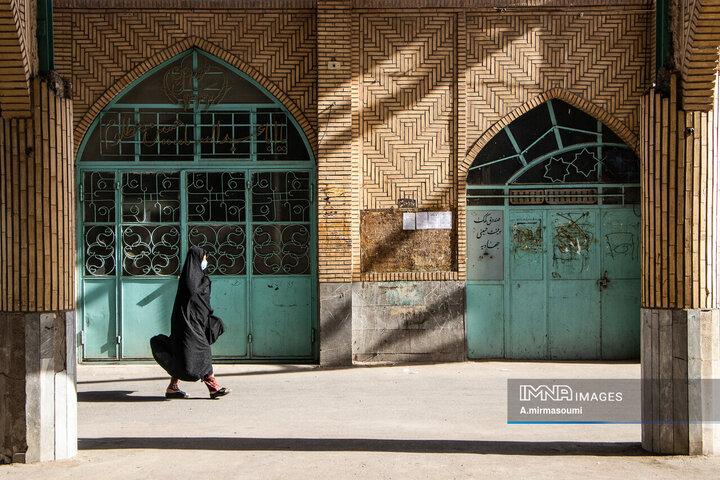
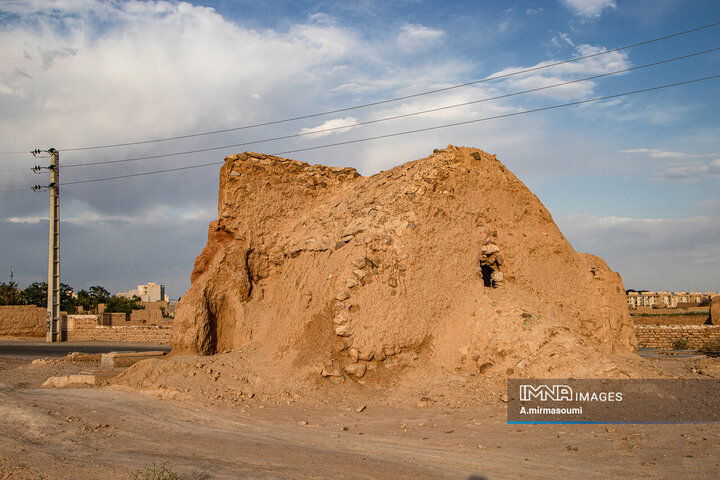
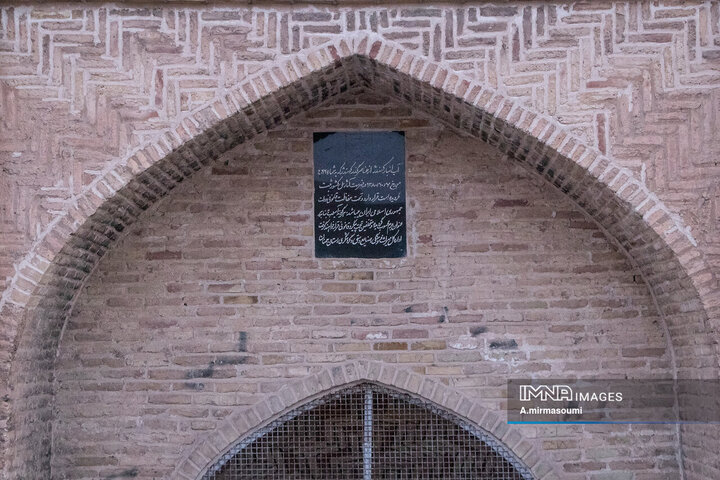

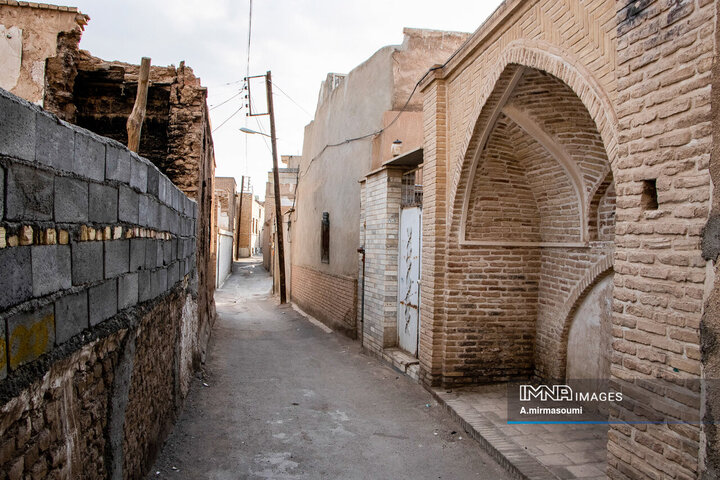
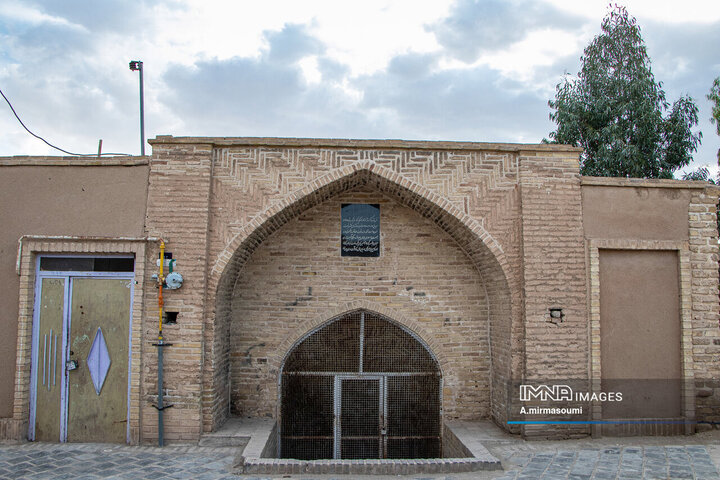
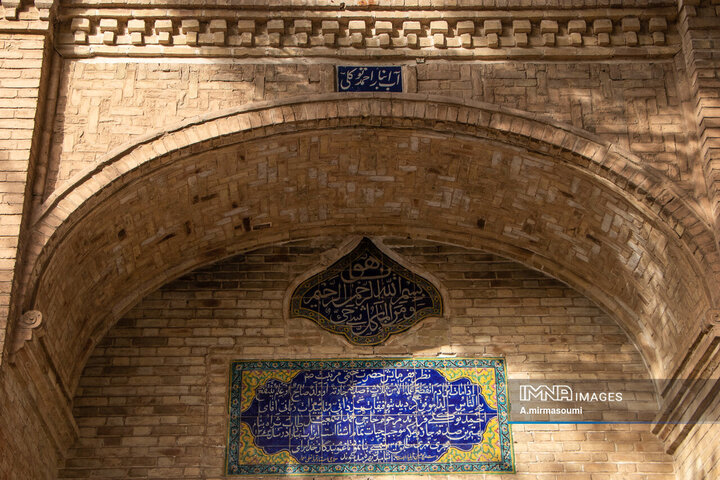
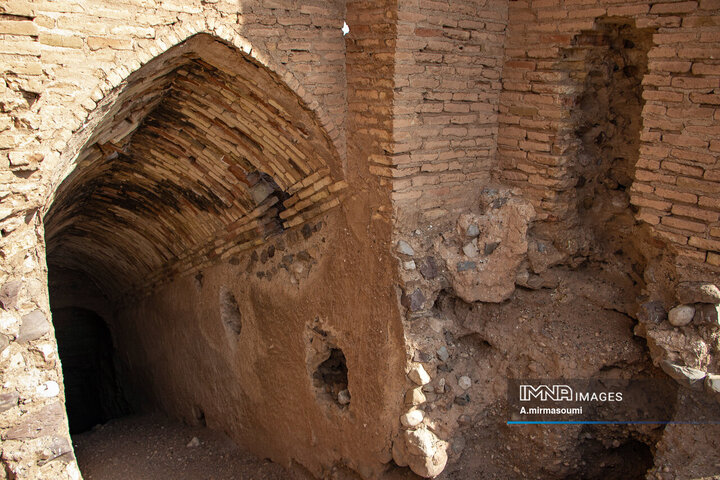
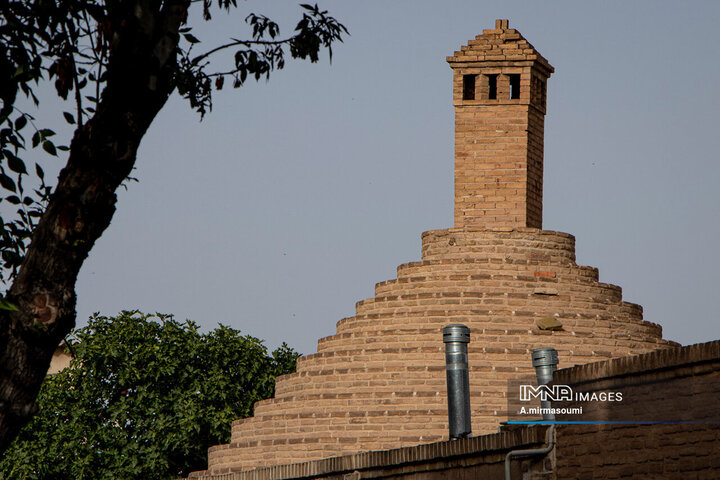
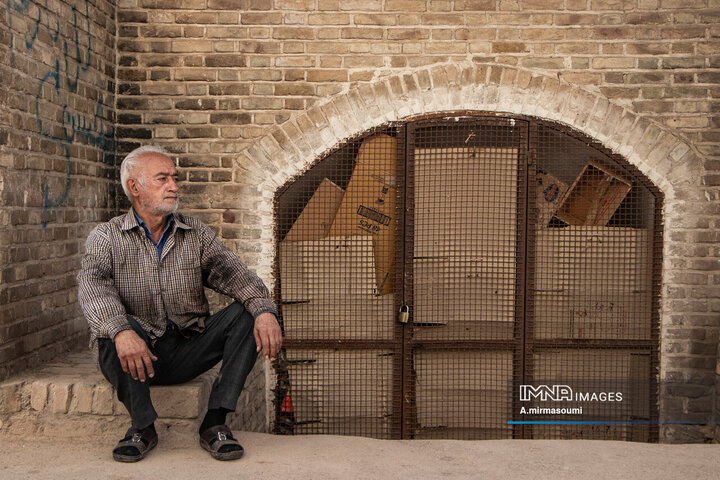

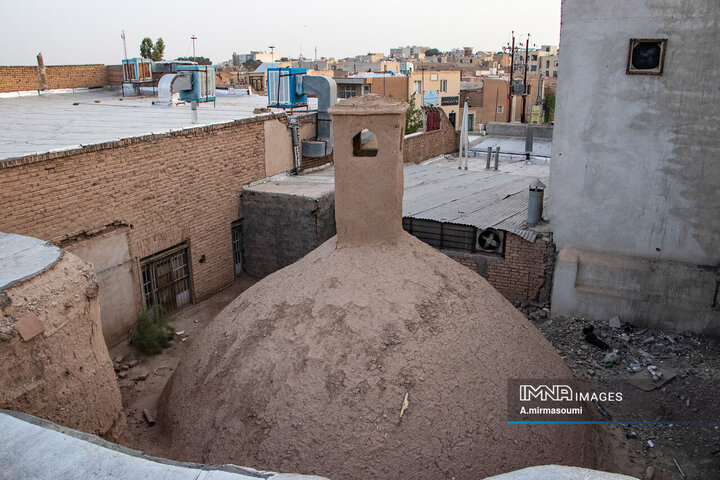
Your Comment